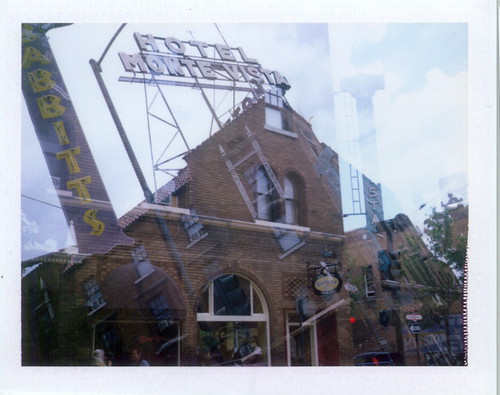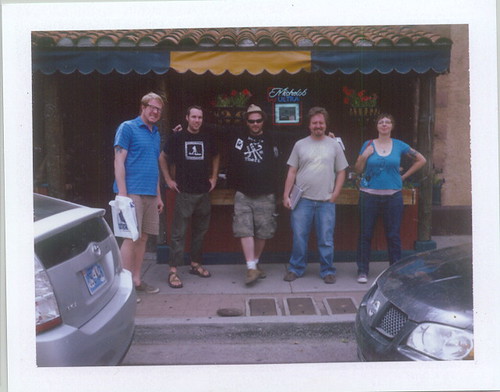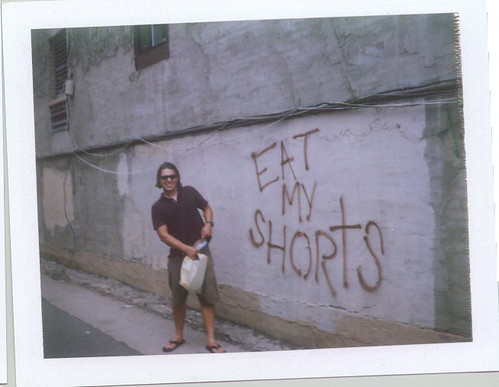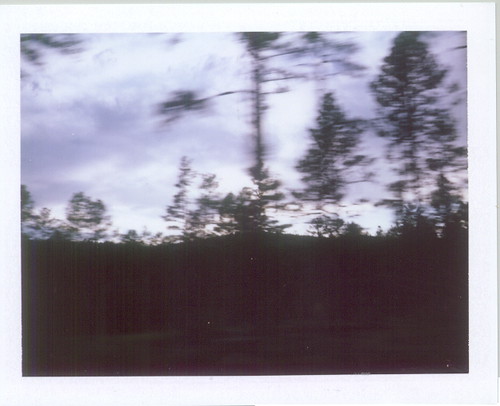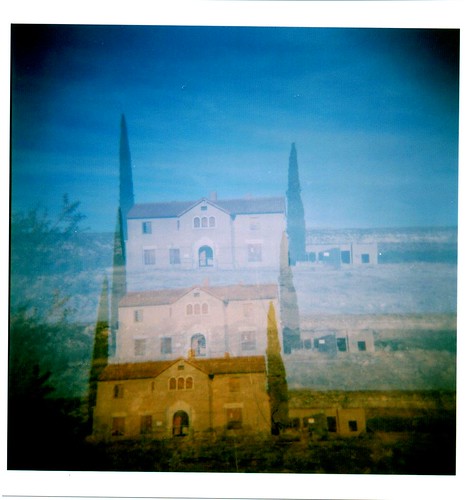
The Future of the Verde Valley May Be the Future of the World
Clarkdale’s Plan for Sustainability
The Outs- November 2009
Ellen Jo Roberts
A completely new concept for the way a town can function is being planned in our very own backyard. It’s such an amazing idea that it could change the state, the country, and eventually shift the entire world. Right here in Arizona’s Verde Valley, a “Sustainability Park” has been mapped, drafted, and is on its way to reality. The park is scheduled to include numerous ecologically beneficial projects, and production of sustainable energies, as well as 75 acres of birding, nature and picnic areas, and a performing arts venue. It’s all happening in Clarkdale, Arizona, USA-- the first “master planned community” in the United States, a company town created by Senator William Clark for the United Verde Copper Company in 1912, the same year Arizona became a state.
Clarkdale’s Plan for Sustainability
The Outs- November 2009
Ellen Jo Roberts
A completely new concept for the way a town can function is being planned in our very own backyard. It’s such an amazing idea that it could change the state, the country, and eventually shift the entire world. Right here in Arizona’s Verde Valley, a “Sustainability Park” has been mapped, drafted, and is on its way to reality. The park is scheduled to include numerous ecologically beneficial projects, and production of sustainable energies, as well as 75 acres of birding, nature and picnic areas, and a performing arts venue. It’s all happening in Clarkdale, Arizona, USA-- the first “master planned community” in the United States, a company town created by Senator William Clark for the United Verde Copper Company in 1912, the same year Arizona became a state.
“The [Sustainability] Park will become the economic and social engine of the Town of Clarkdale. It will provide enough electrical power to supply the entire town and then some.”
-A Plan For The Future of Our Town, c. October 1st 2009

Clarkdale sits in a picturesque location, between the foothills of Jerome, and the Verde River. Chock full of handsome vintage homes and historic boulevards, the town was ahead of the times from its very beginning. Unlike the haphazard arrangement of its neighbor, Jerome, Clarkdale was well-planned with uncommon-for-the-time amenities, like spacious streets, modern sewer system, street lights, ample parking, public parks, and plentiful activities for the residents of the town. All buildings and homes were built and owned by the United Verde Copper Company (later taken over by Phelps Dodge). The town went bust when the mines closed in Jerome in 1953, shutting down the Clarkdale smelter. With no company to run the company town, Clarkdale fell into chaos-- until a band of citizens petitioned for incorporation. Clarkdale was emancipated from Phelps Dodge in 1957, and became incorporated as a free and independent town. Renowned for its varied vintage architecture, 4th of July and Halloween festivities, summer concert series in the park, and “Made in Clarkdale” art show, Clarkdale is home to Yavapai College, Salt River Materials Group, Verde Canyon Railroad, Tuzigoot National Monument, and the Yavapai Apache Tribe.
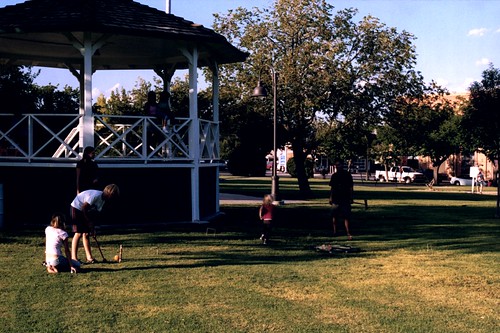
The Clarkdale Sustainability Park is the brainchild of the town’s current mayor, Doug Von Gausig. First elected in 2004, Arizona born Von Gausig, is an avid enthusiast of environmental conservation, preservation of wildlife, and sustainable energy for future generations.
He graduated from ASU in 1970 with a degree in biology, followed by 6 years in the Air Force, before settling in the Verde Valley. He has lived in Clarkdale since 1981.
“There are several interrelated goals, that's the beauty of this project. The Town of Clarkdale has been looking for a stable, sustainable source of revenue and economic development since it was founded”, says Mayor Doug Von Gausig. The draft plan for the sustainability park includes an Algal Fuel facility, for growing algae to be converted to biofuel, a biodiesel plant (in cooperation with Jerome, Arizona’s Verde Biofuel), a 100 acre field of photovoltaic cells for solar energy, a recycling center, a potable water treatment facility, and the heart of the plan, a Plasma Converter. For those unfamiliar, a Plasma Converter or “Plasma Gasifier” is a very clean and cutting edge method for disposal of waste, and conversion of waste products into heat and energy.
“It utilizes a very high plasma temperature stream, (similar to the plasma torches commonly used to cut metals) to literally vaporize almost any material that is introduced to it” – A Plan For The Future of Our Town, c. October 1st 2009
“I'm particularly excited about the plasma converter”, says Mayor Von Gausig, “This process takes trash, hazardous waste, industrial waste, wastewater sludge - you name it - and converts it to safe, environmentally friendly energy. It literally converts environmental liabilities like landfills, hazardous waste, medical waste, etc. to a beneficial product - and at the same time helps solve our energy supply needs with renewable electricity. It can also supply ‘waste heat’ to other facilities in the park. This might be used to help purify our wastewater to safe drinking water standards. That alone could save the region millions of dollars annually by averting the need to acquire expensive new water resources!”
“The emerging field of algal and photobioreactor fuel holds great promise as a way to wean us from fossil fuels by creating biodiesel from algae. Typically the algae are grown in highly efficient, closed systems (systems not open to the environment). Algae grown in the facility will produce oils that can be converted easily to fuel oil. Typical yields are around 5,000-15,000 gallons of fuel per acre….
The park would have ample space for a Biodiesel production facility. Biodiesel is normally made from used cooking oil and other waste vegetable oils. This facility could be a perfect adjunct to the algal/photobioreactor fuel operation, converting not only waste cooking oil, but also the oils produced in those facilities.” - A Plan For The Future of Our Town, c. October 1st 2009
Verde Biofuel CEO Tim McLellan said his company is “very excited to be part of such a dynamic, cutting edge project like the Clarkdale Sustainability Park.” McLellan’s company, based in Jerome, manufactures biofuel trailers containing all the necessary components for laymen to brew their own biofuel from recycled cooking oils. “Sustainability is not only the most intelligent approach to preserving our future, it is the only viable approach there is”, continues Mr. McLellan. “The Clarkdale Sustainability Park is an ideal model for several reasons. Clarkdale is a very small community with a forward thinking, progressive attitude that will serve as a very good example for other cities - large and small. With enough usable land, a sewer system already in place and great support from an enthusiastic community, there is no doubt the Clarkdale Sustainability Park will be a successful project”.
Jason Rogers, Verde Biofuel sales and marketing, adds, “It's great to witness this eco-social paradigm shift taking place not only globally, but locally as well. It's only a matter of time before all communities will come to their senses and do something."
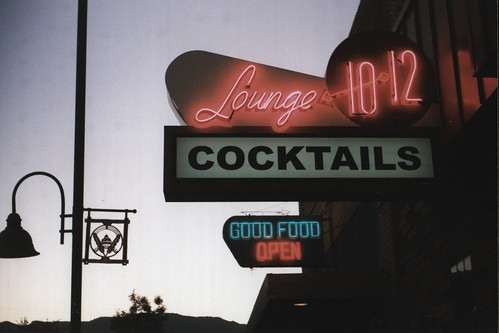
According to Mayor Von Gausig, Clarkdale’s unique geographical position at the “top of the Verde Valley’ has always made retail growth a struggle. Clarkdale is not at major crossroads or “on the way” to any place else. The only reason folks come to Clarkdale is if they meant to. So, generating economy from retail businesses is difficult. Main Street is the quiet home to historic gas station, and a handful of bars, offices, and restaurants, with “downtown” anchored by the massive carcass of a former grocery store, now used for storage space, and up for sale for most
of the past 2 decades.
“We have never considered growth in housing a sustainable economy, so we are always looking for alternative sources of revenue so that we can give our citizens the services they deserve”, said the mayor, “This park will be a major source of revenues for the town in a number of ways, and will improve our future economic development with a clean, robust and durable industry. It will bring eco-tourists, governmental students, and business seminars here to see how it's done.
“Second, I think we can all agree that climate change is the biggest long-term threat that our country and the world faces. Whether one believes that warming is human-caused or not, we know that cannot afford to add any more carbon to the atmosphere. We are also facing depletion of fossil fuels and we all know that reliance on oil from foreign sources is contrary to our national interests. The Clarkdale Sustainability Park will produce clean, zero-carbon electricity and fuel, but with a difference. This park transfers the responsibility for reducing our carbon footprint from the individual, where it is now, to the community. I like to say that the Clarkdale Sustainability Park will have the same impact on the environment as if every citizen of Clarkdale changed to LED lighting, had solar panels on their roofs, and we all drove hybrid vehicles. While asking everyone to insulate better and turn off lights is great, it's not getting the job done. We need to take this problem on as communities, no longer as individuals.”
“Third, there is a tremendous need for ‘incubator’ facilities, like the Clarkdale Sustainability Park. In these parks, several different alternative energy installations will be integrated and synergistic. The park will be a place where seemingly unconnected energy producers, like algae and solar power, can come together to help each other solve the energy problems we are facing. The solution will necessarily lie in a diverse portfolio of energy generators - no one technology has all the answers. In the Clarkdale Sustainability Park they will all learn and improvise new ways to work together more efficiently. It will be a very organic operation that will solve problems and create new opportunities by working cooperatively and adaptively.
In addition to these goals, there is Peck's Lake.”

The proposed location for the park is land surrounding Peck’s Lake, a river-fed oxbow lake in Clarkdale. The lake, part of one of Arizona’s very first “Important Birding Areas” as designated by the Audubon Society, was a favorite recreation area enjoyed by Clarkdale residents for 90 years. Once home to a dance pavilion, 9 hole golf course, 4th of July fireworks, baseball games and boat races, the property has survived several ill-planned, ill-fated attempts at housing developments. Currently owned by Phelps Dodge successors, Freeport McMoRan Cooper and Gold, Peck’s Lake has been closed to the public since January 2004, when the town’s $1.00 per year lease expired and was not renewed. The area has reverted to wild, and the day use/picnic areas have fallen into a state of neglect-- the ramadas taken over by nature, and waist-high weeds, the lake choking with non-native species of plants. The lake’s clogged condition has contributed to the decline of bird population in the area.
“The lake was originally built as a source of process water for the smelter and as a recreational facility for the people of Clarkdale …Until 2003 the lake and surrounding property were leased to the Town of Clarkdale and continuously used for recreation, nature watching, fishing, etc. In 2003 the Town’s lease expired and was not renewed, and in December of that year, Phelps Dodge closed the property to the public and it has remained closed since then.
The lake has continued to degrade over the years to the point that diversity of waterfowl and other birds is now less than half of what it was only 10 years ago…
Peck’s Lake is in the process of eutrophication, which is a biological and chemical process that inevitably produces a wet meadow instead of a lake. In order to stop and reverse this eutrophication, the lake would need to be dredged and otherwise deepened, and the noxious weeds removed” - A Plan For The Future of Our Town, c. October 1st 2009
Peck’s Lake is in the process of eutrophication, which is a biological and chemical process that inevitably produces a wet meadow instead of a lake. In order to stop and reverse this eutrophication, the lake would need to be dredged and otherwise deepened, and the noxious weeds removed” - A Plan For The Future of Our Town, c. October 1st 2009
Peck’s Lake, off limits to the public for 6 years now, has never been far from the mind of Mayor Von Gausig. Several plans have been envisioned for Peck’s Lake over the years, including a “Friends of Peck’s Lake” organization to clean up, monitor and maintain the trails and day use areas.
“If we can acquire the land surrounding Peck's Lake for the park,” says Mayor Von Gausig, “we will be able to rehabilitate the lake and the natural areas surrounding it to one of the premier wildlife habitats in the state. The facilities in the park, like the plasma converter, will all work together to clean up the environment in and around the lake, and will be a tangible demonstration that we can have a vital industrial installation immediately adjacent to a nature preserve with benefits to both.”
The ideal location of Peck’s Lake allows easy nearby access and connecting trails to area highlights such as Tuzigoot National Monument, Dead Horse Ranch State Park, and Tavasci Marsh. The plan includes abundant public space for day use, including an interpretive nature center and hiking trails, pavilions for community functions and performing arts. It also allows space for retail commercial development.
Though local support has been overwhelmingly positive (and unanimous in Clarkdale Town Council), the plan is not without its challenges.
“There will be lots of and lots of challenges, but in the model we are considering - the organic model - we'll see each of the challenges as opportunities to create a new paradigm”, says Mayor Von Gausig, “The entire project is like an organism. It will be faced with new situations every day, and will have to evolve, adapt and meet them in creative ways. Financing, land acquisition, regulatory adjustments, legislative and legal hurdles, coordination of disparate park tenants, and creative management will all be challenges. We will need to stay focused on the prize, though, and as a community we will come together to solve each of them as they arise. The idea is to nurture this organism and allow it to flourish in ways we can't even imagine today.”
“If the Clarkdale Sustainability Park becomes a reality, in what way will it change the Verde Valley? The state? The world?” I ask.
Mayor Von Gausig replies, “The Clarkdale Sustainability Park will become a reality. As it evolves and grows and learns, it will teach other municipalities all over the world. It will become a model of how we can live on this planet without harming our children's and grandchildren's ability to live a good life here, too - the very definition of ‘sustainability’. The initial plan calls for an interpretive center and learning facility that will coordinate seminars and disseminate the knowledge and experience we will generate. I envision communities from all over the globe coming here to see how we do it and how their communities might do something similar. The impact on the Verde Valley, the State of Arizona, the nation and the world is incalculable. This project will truly change how we fund our towns, where we get our energy, and how we relate to our environment. It will be ‘evolutionary and revolutionary’."
For more information:
http://www.clarkdale.az.gov/
a copy of the draft for Clarkdale Sustainability Park:
www.clarkdale.az.gov/sustainability_park/clarkdale_sustainability_park_white_paper.pdf
http://www.verdebiotrailers.com/
www.audubon.org/bird/IBA
Algal Fuel information: http://www.oilgae.com/
National Renewable Energy Laboratory: http://www.nrel.gov/
Doug Von Gausig’s Natural Sounds and Photos at:
http://naturesongs.com/
and http://www.criticaleyephoto.com/
Ellen Jo Roberts has lived in Clarkdale since 2001. She voted for Doug Von Gausig. She shares a historic brick bungalow (built in 1914 by the United Verde Copper Company) with Bike Daddy Chad, a cat named Clyde, a Chihuahua named Floyd, and a Boston Terrier named Ivan. Read all about it at www.ellenjo.com
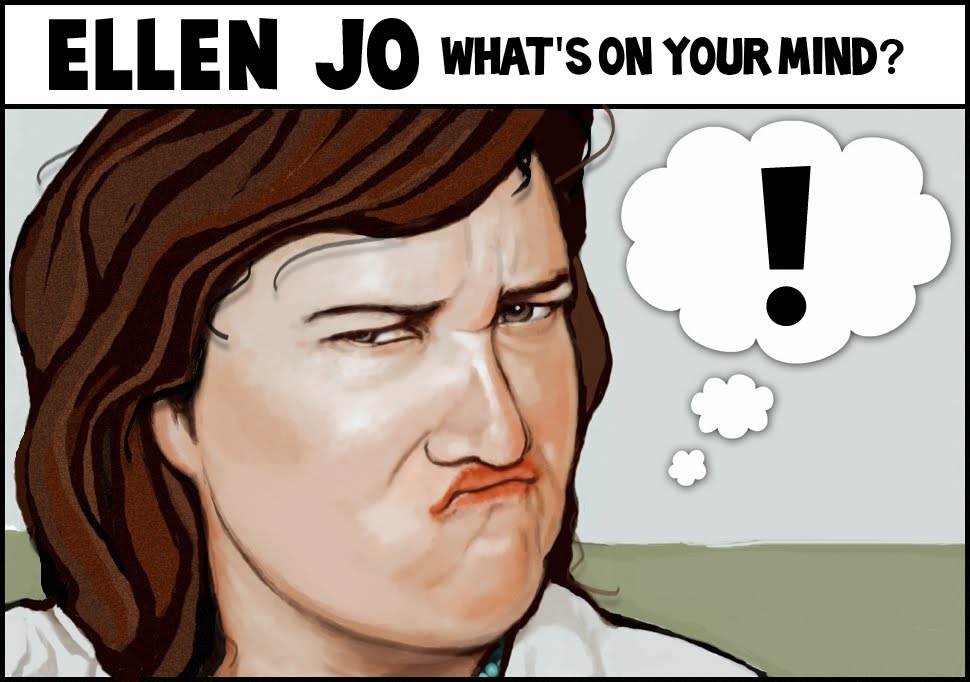

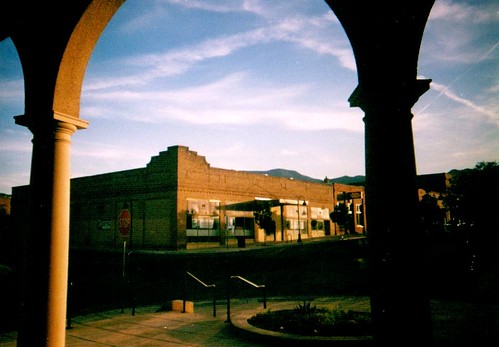

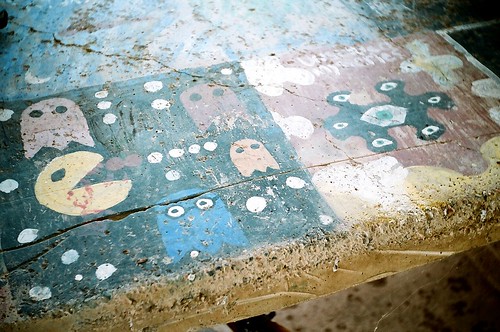
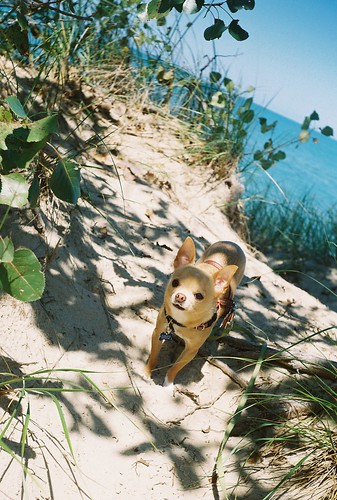
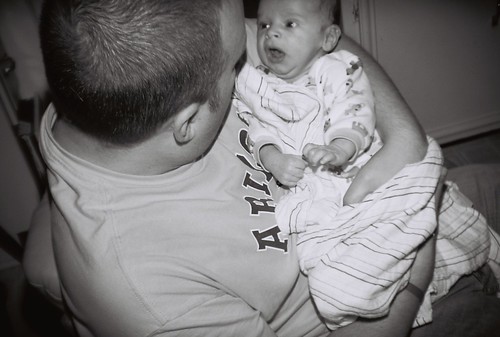

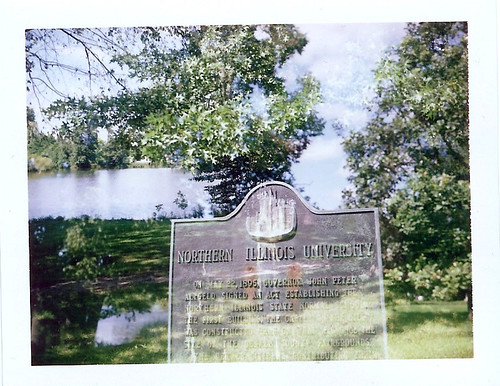




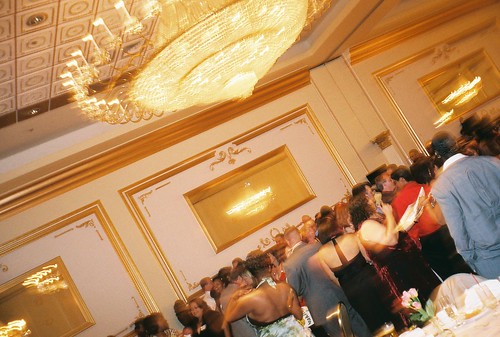

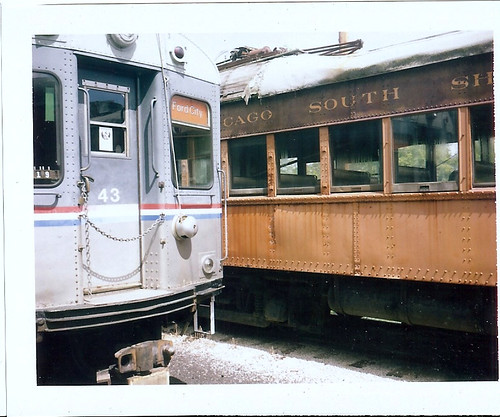
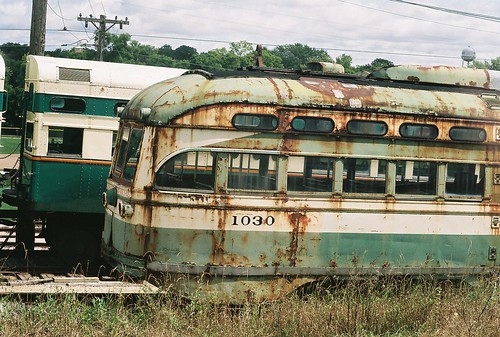
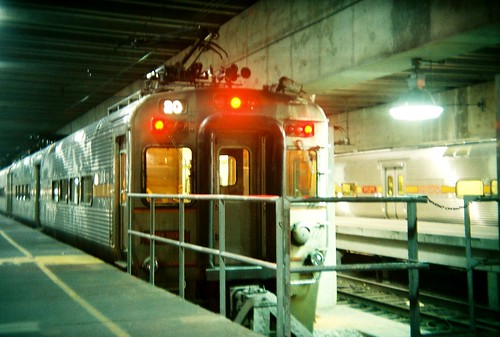

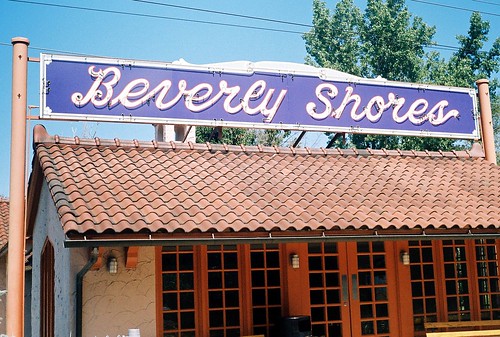
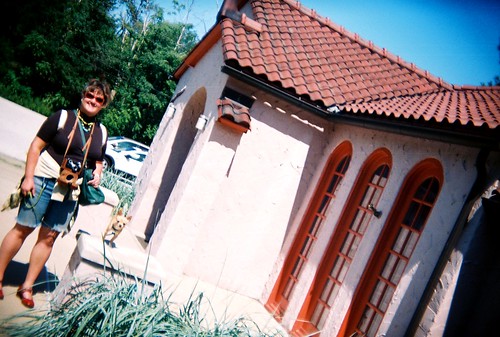

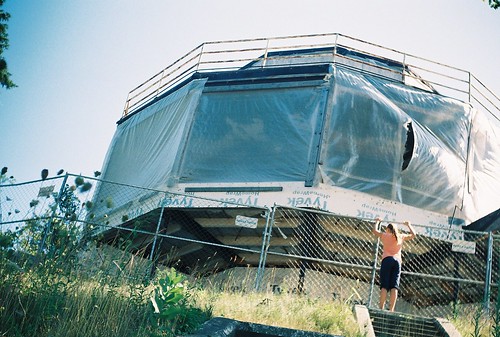


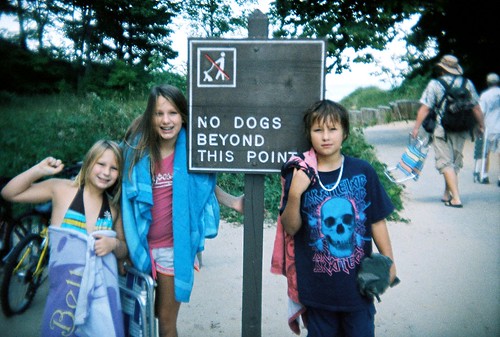
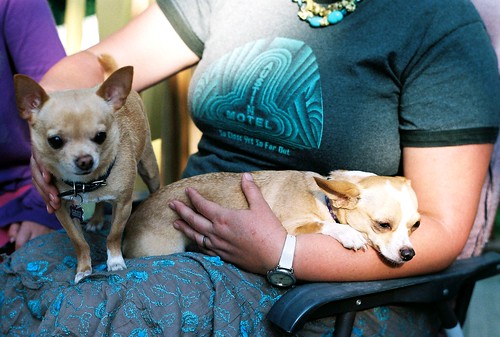
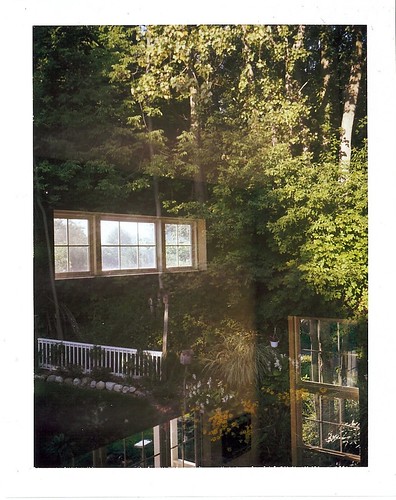
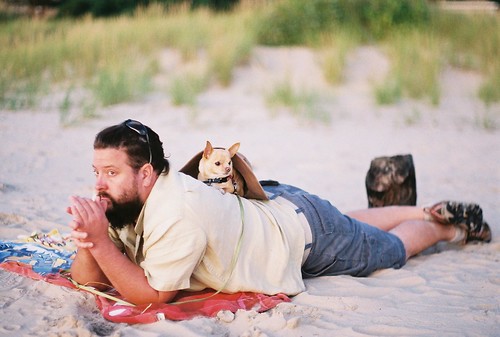

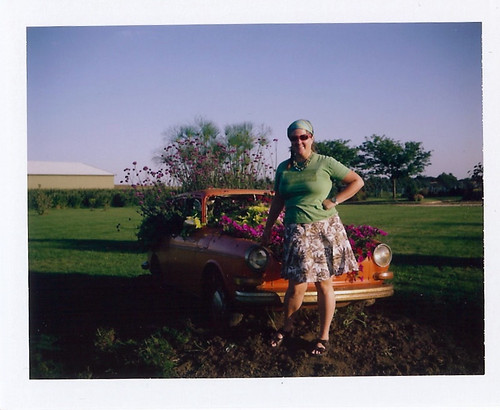

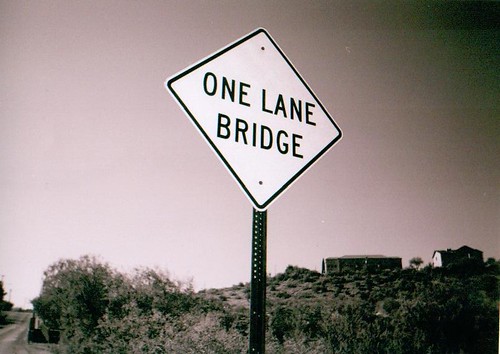

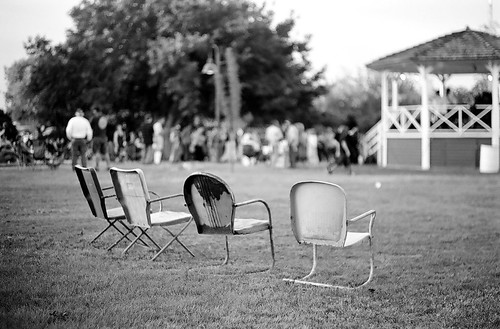




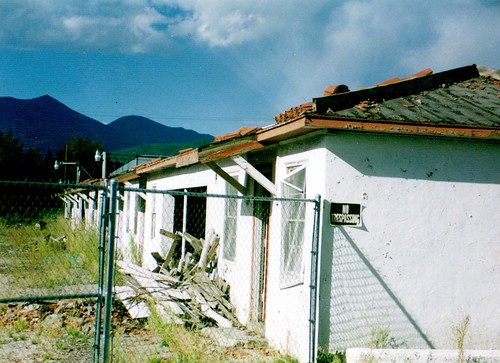

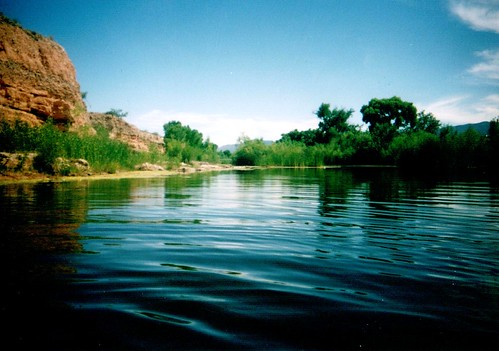
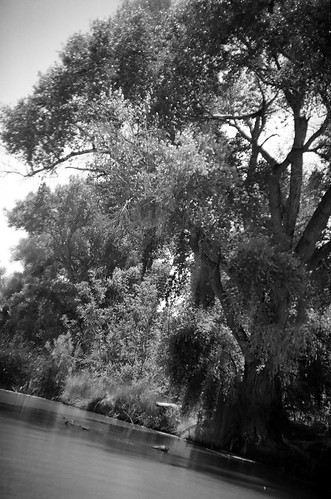

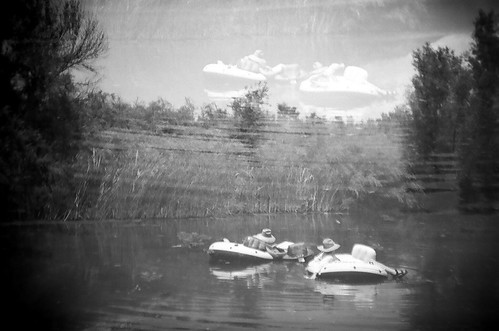
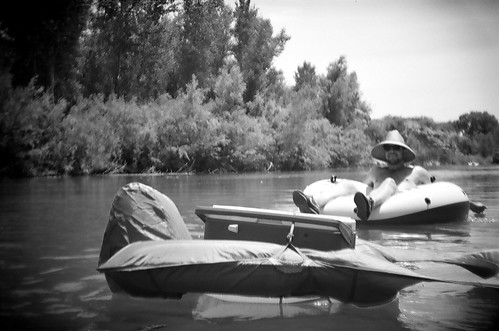
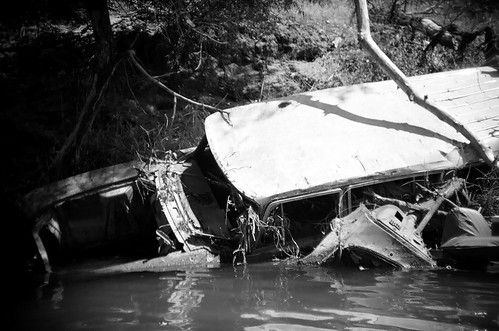
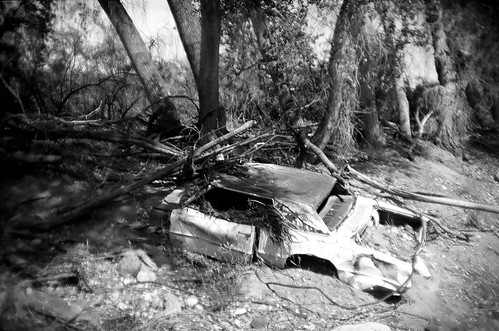
 Tim and Ruth made us a delicious dinner on the barbecue, and that night we all sleep like rocks.
Tim and Ruth made us a delicious dinner on the barbecue, and that night we all sleep like rocks.